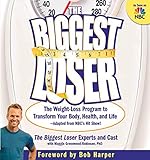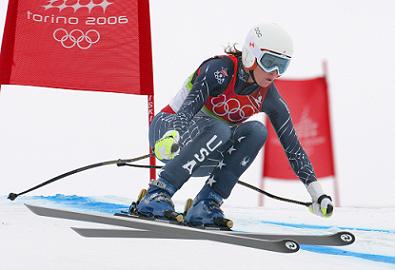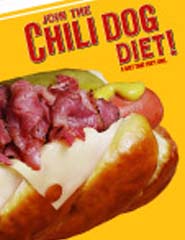Diet Book Review: Eating for IBS
 The whole reason I started eating healthy is because the doctor said that the reason my stomach hurt was because I was fat and eating poorly. I knew he was wrong because I had systematically removed various foods from my diet (only for one week at a time), so I thought it wasn’t what I was eating that was hurting me. Somehow Eating for IBS came up on a search that I did on my library’s website, so I put it on hold.
The whole reason I started eating healthy is because the doctor said that the reason my stomach hurt was because I was fat and eating poorly. I knew he was wrong because I had systematically removed various foods from my diet (only for one week at a time), so I thought it wasn’t what I was eating that was hurting me. Somehow Eating for IBS came up on a search that I did on my library’s website, so I put it on hold.
If my problem was just IBS (Irritable Bowel Syndrome), then this book would be great for me. Heather Van Vorous gives a specific list of foods that tend to trigger attacks and foods that are safe to eat. She then provides a large list of hints to prevent attacks and over half the book is stomach friendly recipes.
Unfortunately, I have a problem with bingeing in addition to the stomach problems. The surest way to spur a binge is to tell me that I CAN’T eat something. Give me a list of BAD foods and I will think about those foods all day long. I borrowed this book from the library and realized that I would not be able to follow the Eating for IBS plan, no matter how healthy it was and how much peace it offered me.
Why did I buy the book anyway?
I bought Eating for IBS from Amazon a couple of weeks ago so I could let the library have their book back without panicking. I’m not ready to limit my diet the way Heather Van Vorous recommends, but that doesn’t mean I won’t ever be able to do it. I’m not ready to go nearly vegetarian right now, but I can forsee a future where I am able to eat just as this book suggests. I’m just not there yet.
Additionally, the hints for eating healthy with IBS were really helpful to me. She suggested acidophilus supplements in an effort to establish a colony of healthy bacteria in my system. This whole IBS thing got worse when I had to go on a series of antibiotics several years ago. The doctor never suggested to me that I might solve my problems by re-establishing the healthy bacteria in my body.
Finding the acidophilus in the health food store was a little difficult. If it’s the good stuff, it’s not stored with the other health supplements. It should be stored in the refrigerator section, so look for it there. After three weeks of taking the acidophilus, my IBS attacks have been much less severe. They feel like a little bit of gas now instead of feeling like someone shivved me in the gut.
Three weeks of less pain. I was willing to buy the book in gratitude for those three weeks. Maybe someday I’ll be able to limit my diet the way Eating for IBS suggests, but until then, I’m just happy for the one piece of knowledge that helped make my days less painful. Acidophilus, it would have been so easy for that incompetent doctor to mention the word…
 Buy Walking Videos
Buy Walking Videos




 Mike wanted to go to Wienerschnitzel for lunch the other day. When we walked in, all the cups had advertisements for The Chili Dog Diet. I laughed happily to myself. It’s no stranger than any of the other diets I have seen over the last twenty years.
Mike wanted to go to Wienerschnitzel for lunch the other day. When we walked in, all the cups had advertisements for The Chili Dog Diet. I laughed happily to myself. It’s no stranger than any of the other diets I have seen over the last twenty years.